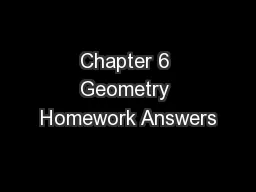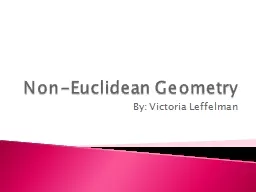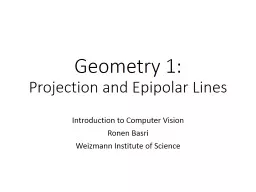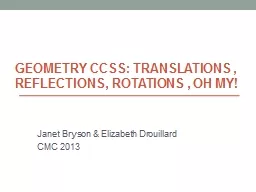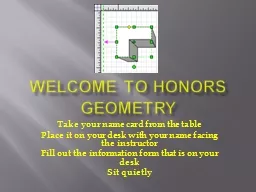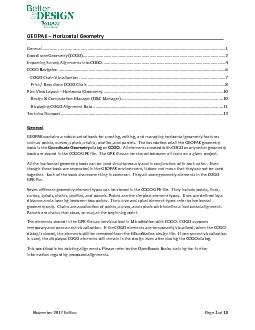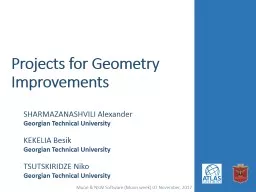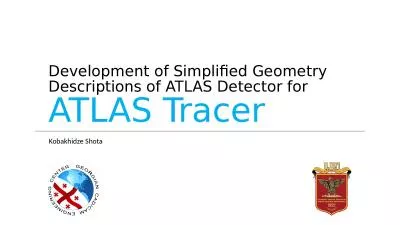PPT-Chapter 6 Geometry Homework Answers
Author : karlyn-bohler | Published Date : 2019-03-16
Sec 61 x 165 definition of measure of an arc z 84 Chord Arcs Conj w 70 Chord Central Angles Conj y 96 Chord Arcs Conj 8 cm Chord Distance to Center Conj 20 cm
Presentation Embed Code
Download Presentation
Download Presentation The PPT/PDF document "Chapter 6 Geometry Homework Answers" is the property of its rightful owner. Permission is granted to download and print the materials on this website for personal, non-commercial use only, and to display it on your personal computer provided you do not modify the materials and that you retain all copyright notices contained in the materials. By downloading content from our website, you accept the terms of this agreement.
Chapter 6 Geometry Homework Answers: Transcript
Download Rules Of Document
"Chapter 6 Geometry Homework Answers"The content belongs to its owner. You may download and print it for personal use, without modification, and keep all copyright notices. By downloading, you agree to these terms.
Related Documents

